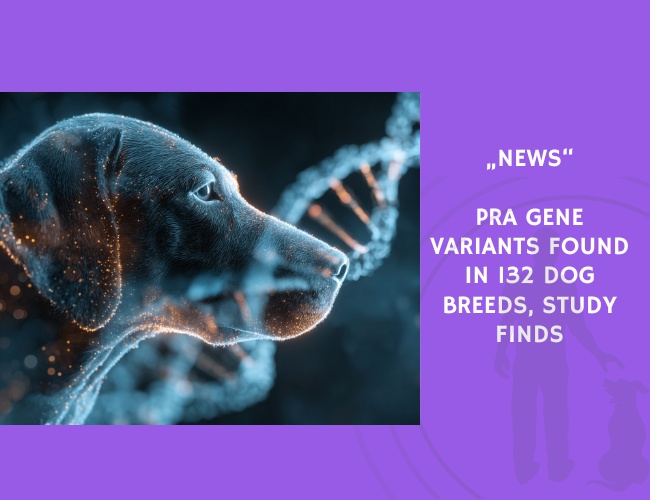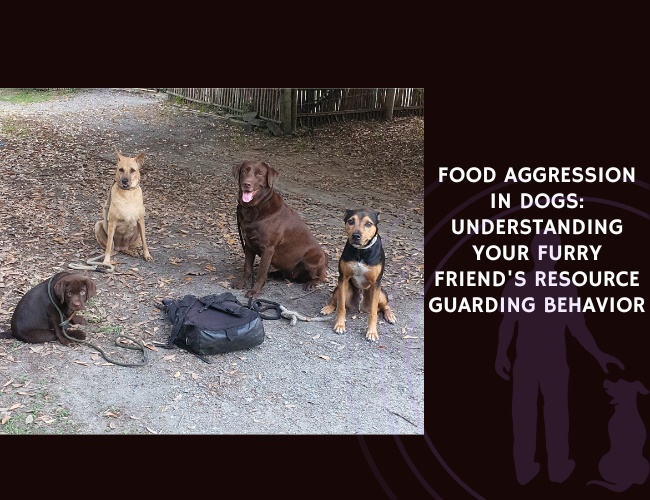Two ancient genetic variants may shape canine vision today. Donner & Mellersh (2024) trace how RPGRIP1 and MAP9 influence PRA across 132 modern breeds.
A groundbreaking study by Donner & Mellersh (2024) published in Animal Genetics reveals the widespread presence of two genetic variants—RPGRIP1ins44 and MAP9del—linked to canine progressive retinal atrophy (PRA) across 132 diverse dog breeds. Their findings suggest that these variants are likely ancient, predating modern breed formation and genetic isolation.
While each variant is common in separate breed groups, both are present in multiple lineages. The study also uncovered a negative correlation in their co-occurrence within breeds, suggesting active selective pressure by breeders to avoid homozygosity at both loci—a condition associated with more severe retinal degeneration.
The only breed in which the frequency of both variants exceeds 5% is the Miniature Longhaired Dachshund. The results point to the likelihood that homozygosity of either variant alone does not trigger PRA symptoms, but dual homozygosity might increase clinical risk. This insight helps inform genetic testing strategies and responsible breeding programs aiming to reduce inherited vision loss in dogs.
This study adds a crucial layer of complexity to the understanding of PRA, highlighting that genetic modifiers—not just causative mutations—must be accounted for in diagnosis and disease progression prediction.
Frequency of RPGRIP1 and MAP9 genetic modifiers of canine progressive retinal atrophy, in 132 breeds of dog.
Published in Animal Genetics, May 2024










